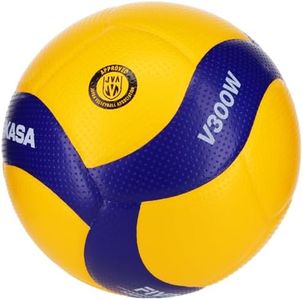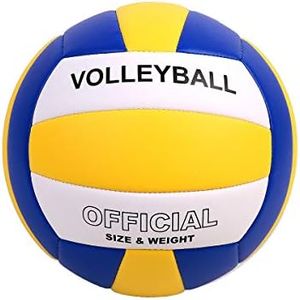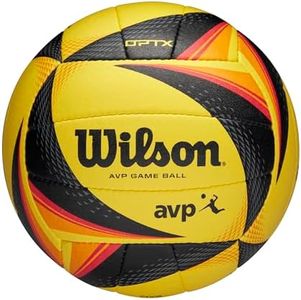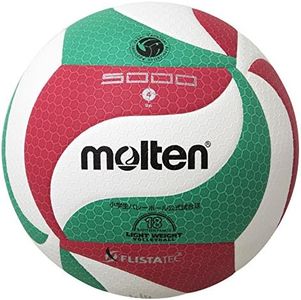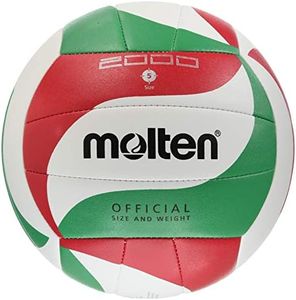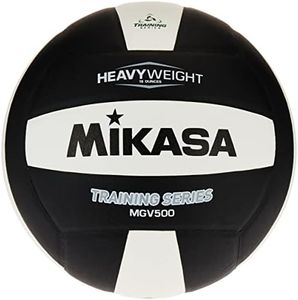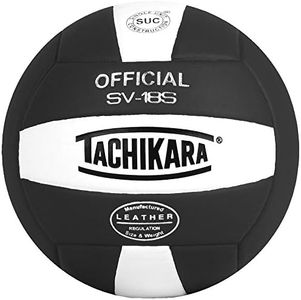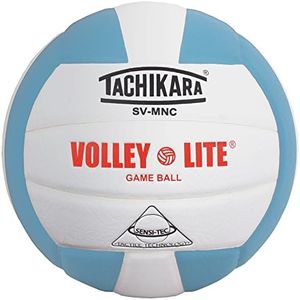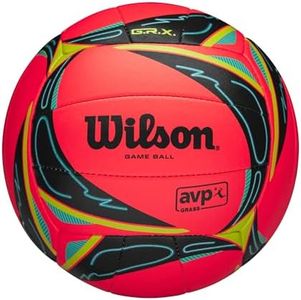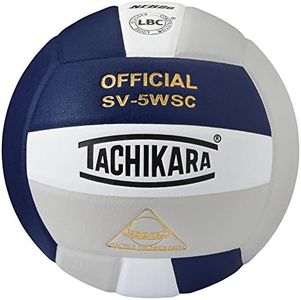We Use CookiesWe use cookies to enhance the security, performance,
functionality and for analytical and promotional activities. By continuing to browse this site you
are agreeing to our privacy policy
10 Best Volleyball Balls
From leading brands and best sellers available on the web.By clicking on a link to a third party's website, log data is shared with that third party.
Buying Guide for the Best Volleyball Balls
Choosing the right volleyball is important whether you’re playing casually with friends or training seriously for competition. Different volleyballs are designed to meet different needs, from recreational play in the backyard to official matches on indoor courts or beaches. Understanding the key specifications will help you get a ball that feels right in your hands, suits your style of play, and lasts longer in your chosen environment.Size and WeightSize and weight determine how the ball feels and handles during play. The official size for adult volleyball is typically a circumference around 65-67 cm and a weight around 260-280 grams. Lighter and slightly smaller balls, often labeled as youth or training balls, are available for children or beginners. If you’re playing in a league or school competition, always look for regulation size and weight to match your needs. For casual or beach play, you might prioritize comfort or ease of handling, choosing a ball that feels best for your group.
MaterialThe outer material of a volleyball affects its grip, comfort, and durability. Volleyballs are often made from leather or synthetic leather. Leather balls are usually favored for indoor play because they offer a softer feel and better control, while synthetic options tend to be more durable and water-resistant, making them suitable for outdoor or beach environments. Think about where you'll be playing most; indoor and outdoor conditions can wear down materials differently, so pick a material that matches your environment for both comfort and longevity.
Panel ConstructionThe outer surface of a volleyball is made up of panels, and how these panels are stitched or glued affects the ball’s roundness and consistency. Indoor balls often have panels that are glued rather than stitched for a smoother feel and consistent flight, while outdoor or beach balls might be stitched to improve water resistance and strength. If you’re looking for a ball with reliable performance and feel, smooth seams may be better for indoor volleyball, while stitched seams add durability outdoors.
Bladder TypeThe bladder is the inner core that holds the air. Most volleyballs have either a butyl or latex bladder. Butyl bladders retain air better, requiring less frequent pumping, making them great for long-lasting enjoyment and less maintenance. Latex bladders might offer a slightly softer touch and bounce, but they'll need to be inflated more often. If you prioritize maintenance-free use, look for butyl; for a softer game feel, try latex.
Intended Use (Indoor vs. Outdoor/Beach)Volleyballs are specially made for indoor and outdoor use, each designed to perform best in its environment. Indoor balls tend to be heavier, smoother, and less absorbent to move fast and minimize slipperiness in clean, dry settings, while outdoor or beach volleyballs are usually lighter, slightly larger, textured, and built to resist water and sand. Always match your ball to your usual playing setting—using an indoor ball on the beach can lead to quick damage, and vice versa, outdoor balls might not handle or rebound right in a gym.

